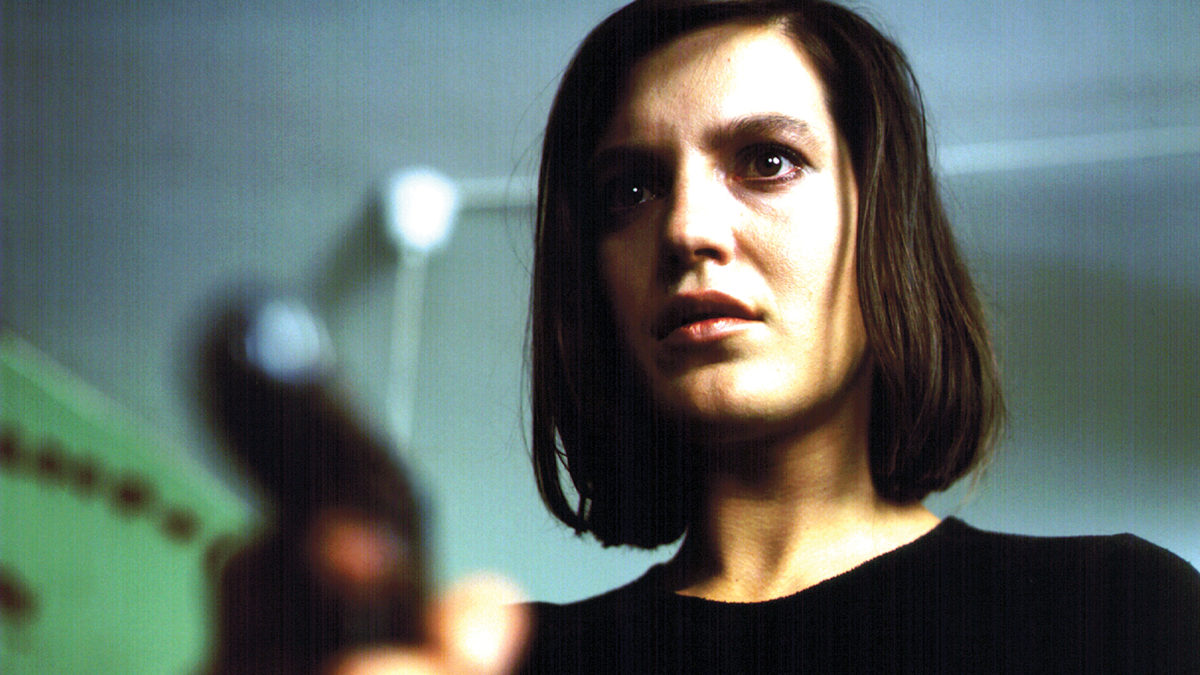
Film
The Lost Honor of Katharina Blum, by Margarethe von Trotta and Volker Schlöndorff, 1975
You have reached your article limit
Sign up for a digital subscription and continue reading all new issues, plus our entire archives, for just $1.50/month.
Already a subscriber? Sign in




